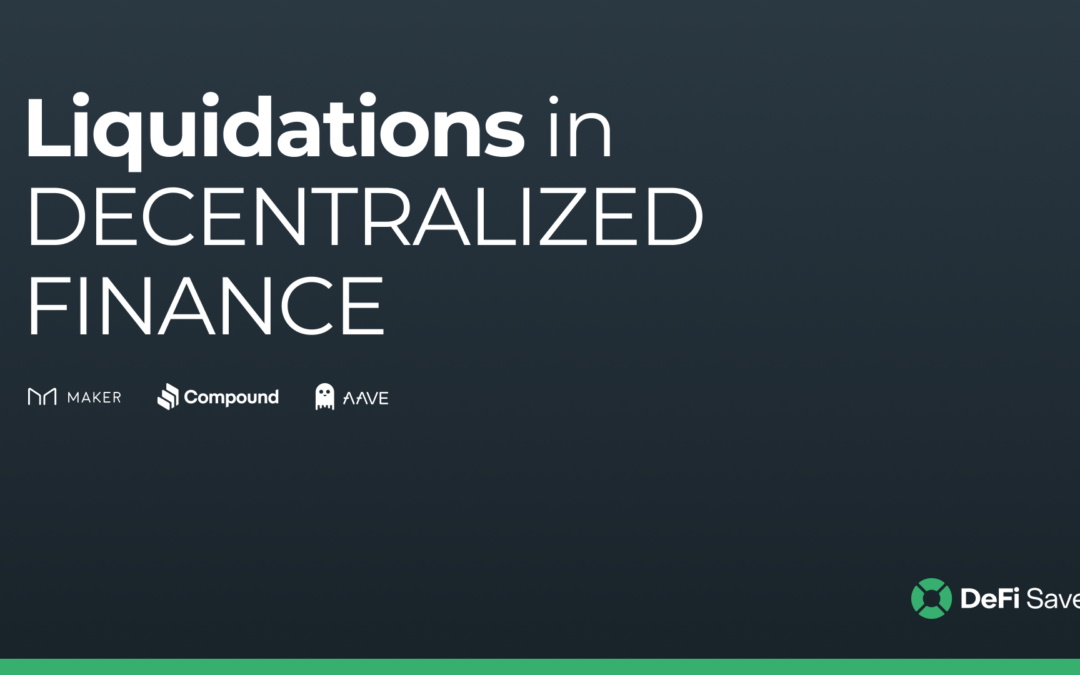The world of decentralized finance, commonly known as DeFi, is fascinating, offering an array of opportunities and benefits that traditional finance can’t match. However, like any financial system, DeFi comes with its own set of risks, with liquidation being a significant one. In this blog post, we’ll dive into what liquidation in DeFi means, how it occurs, and ways to mitigate this risk.
What is Liquidation in DeFi?
Liquidation in DeFi occurs when a borrower’s collateral value falls below a specified level, leading to the automatic selling of their assets to repay the loan. This is a critical mechanism in DeFi protocols to ensure lenders don’t lose money when asset values fluctuate.
How Does Liquidation Happen?
Liquidation typically happens in two scenarios:
Price Volatility
If the value of the collateral drops significantly due to market volatility, it can trigger a liquidation.
Collateral Ratio
Each DeFi lending platform has a minimum collateral ratio. If your collateral falls below this ratio, liquidation can be triggered.
The Risks Involved
Market Instability
DeFi markets can be highly volatile. Rapid price swings can lead to unexpected liquidations.
Over-Collateralization
To borrow funds, you must over-collateralize. This means putting in more value in assets than you receive in loans, which can be risky in a volatile market.
Smart Contract Vulnerabilities
If a DeFi protocol’s smart contract has flaws, it could lead to unintended liquidations or loss of funds.
Mitigating Liquidation Risk
Maintain a Healthy Collateral Ratio
Always keep your collateral level well above the minimum requirement.
Choose Stable Collateral
Using stablecoins or less volatile assets as collateral can reduce the risk.
Stay Informed
Keep an eye on market trends and adjust your investments accordingly.
Use Stop-Loss Orders
Some platforms allow setting stop-loss orders to automatically reduce positions and prevent liquidation.
Understand the Protocol’s Terms
Familiarize yourself with the specific rules and conditions of the DeFi platform you’re using.
Conclusion
While liquidation is a vital component of the DeFi ecosystem, it’s a risk that needs to be managed carefully. By understanding the mechanisms behind it and adopting smart strategies, you can navigate the DeFi space more safely and effectively.

